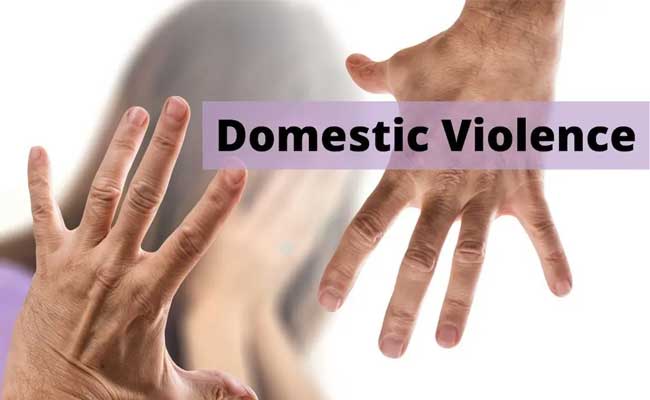Domestic Violence: Understanding and Preventing Abuse
Domestic violence is a pervasive and serious problem that affects millions of people every year. It is a pattern of abusive behavior in an intimate relationship that can include physical, emotional, psychological, and sexual abuse. Domestic violence can happen to anyone, regardless of age, gender, race, or socioeconomic status. In this article, we will explore the different types of domestic violence, the signs of abuse, and what you can do to prevent it.
Types of Domestic Violence
Domestic violence can take many forms, including:
- Physical Abuse: This includes hitting, punching, choking, or any other form of physical harm.
- Emotional Abuse: This involves verbal attacks, threats, intimidation, or any other behavior that undermines the victim’s sense of self-worth and self-esteem.
- Psychological Abuse: This involves tactics such as gaslighting, which is when the abuser manipulates the victim’s perception of reality to make them doubt their own sanity.
- Sexual Abuse: This includes any unwanted sexual contact, coercion, or assault.
Signs of Domestic Violence
Domestic violence can be difficult to recognize, as it often occurs behind closed doors and victims may be hesitant to report it. However, there are some signs that can indicate that abuse is occurring, including:
- Physical injuries such as bruises, cuts, or broken bones.
- Changes in behavior, such as withdrawal, anxiety, or depression.
- Isolation from friends and family.
- Constantly checking in with their partner or seeking permission before doing anything.
- Fear of their partner or the consequences of speaking out.
Preventing Domestic Violence
Preventing domestic violence requires a multifaceted approach that involves education, awareness, and support. Here are some steps you can take to prevent domestic violence:
- Educate yourself and others: Learn about the signs of abuse and educate others about domestic violence. Encourage others to speak out if they suspect abuse is occurring.
- Speak out: If you suspect abuse is occurring, speak out. Don’t hesitate to call the police or seek help from a domestic violence hotline.
- Support victims: Victims of domestic violence need support and understanding. Let them know that you believe them and are there to help.
- Hold abusers accountable: Abusers need to be held accountable for their actions. If you witness abuse, report it to the authorities.
- Seek help: If you are in an abusive relationship, seek help. There are resources available to help you leave an abusive relationship safely.
Resources for Domestic Violence
If you or someone you know is experiencing domestic violence, there are resources available to help:
- National Domestic Violence Hotline: 1-800-799-SAFE (7233)
- National Sexual Assault Hotline: 1-800-656-HOPE (4673)
- National Child Abuse Hotline: 1-800-4-A-CHILD (422-4453)
- The National Coalition Against Domestic Violence (NCADV): www.ncadv.org
- The National Resource Center on Domestic Violence (NRCDV): www.nrcdv.org
In conclusion, domestic violence is a serious problem that affects millions of people every year. It is a pattern of abusive behavior in an intimate relationship that can include physical, emotional, psychological, and sexual abuse. If you suspect that abuse is occurring, it’s important to speak out and seek help. Remember that there are resources available to help victims of domestic violence, and that prevention is key to stopping the cycle of abuse.
![]()





